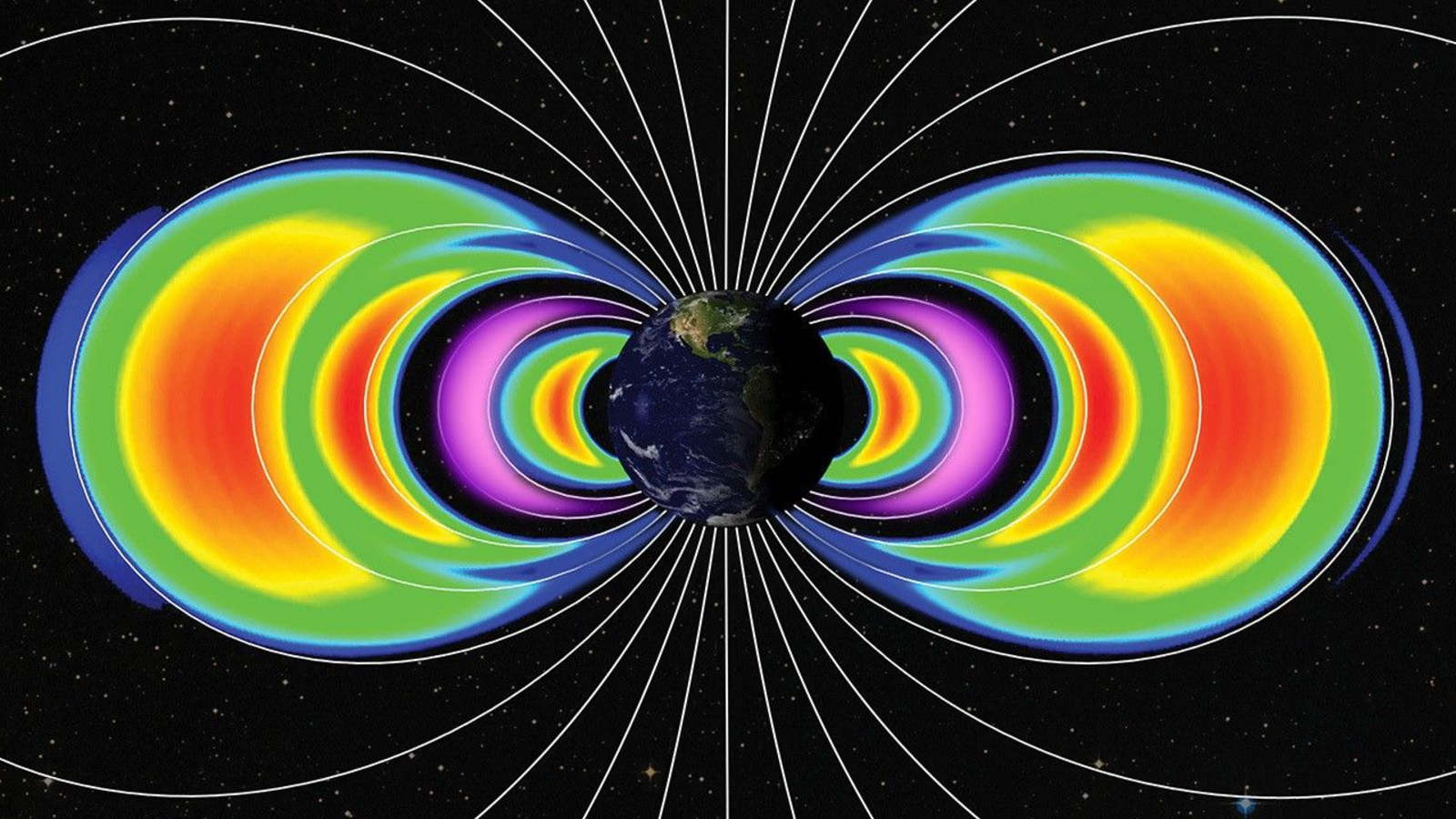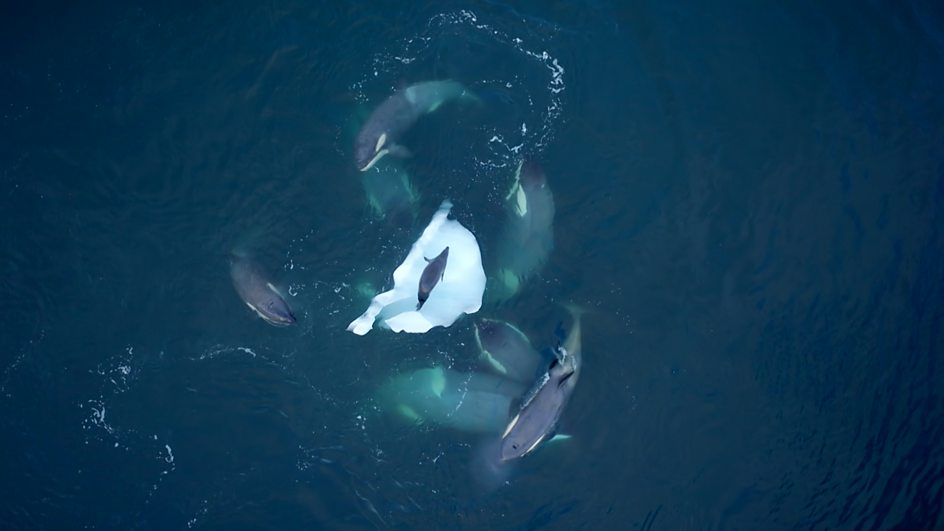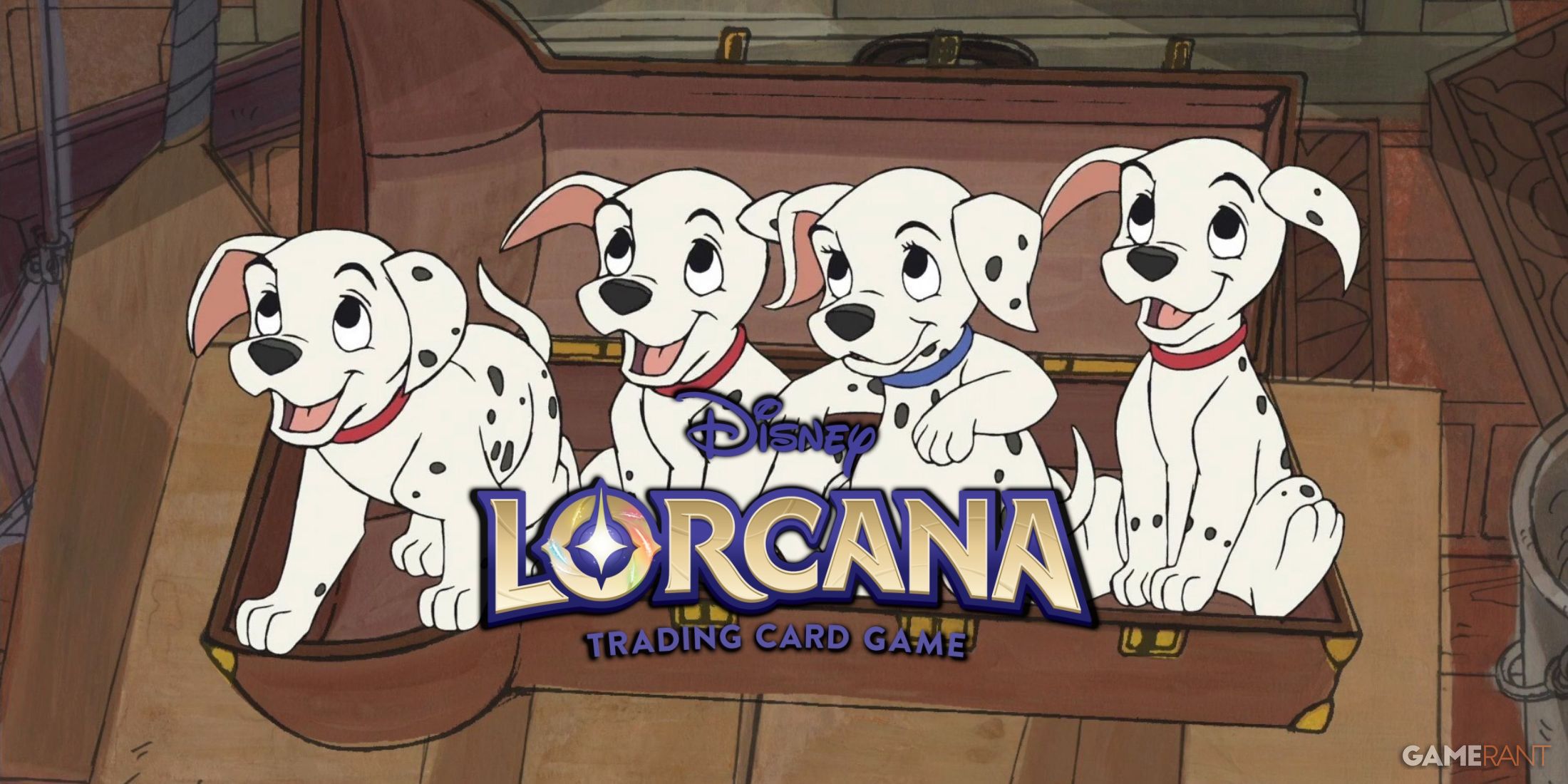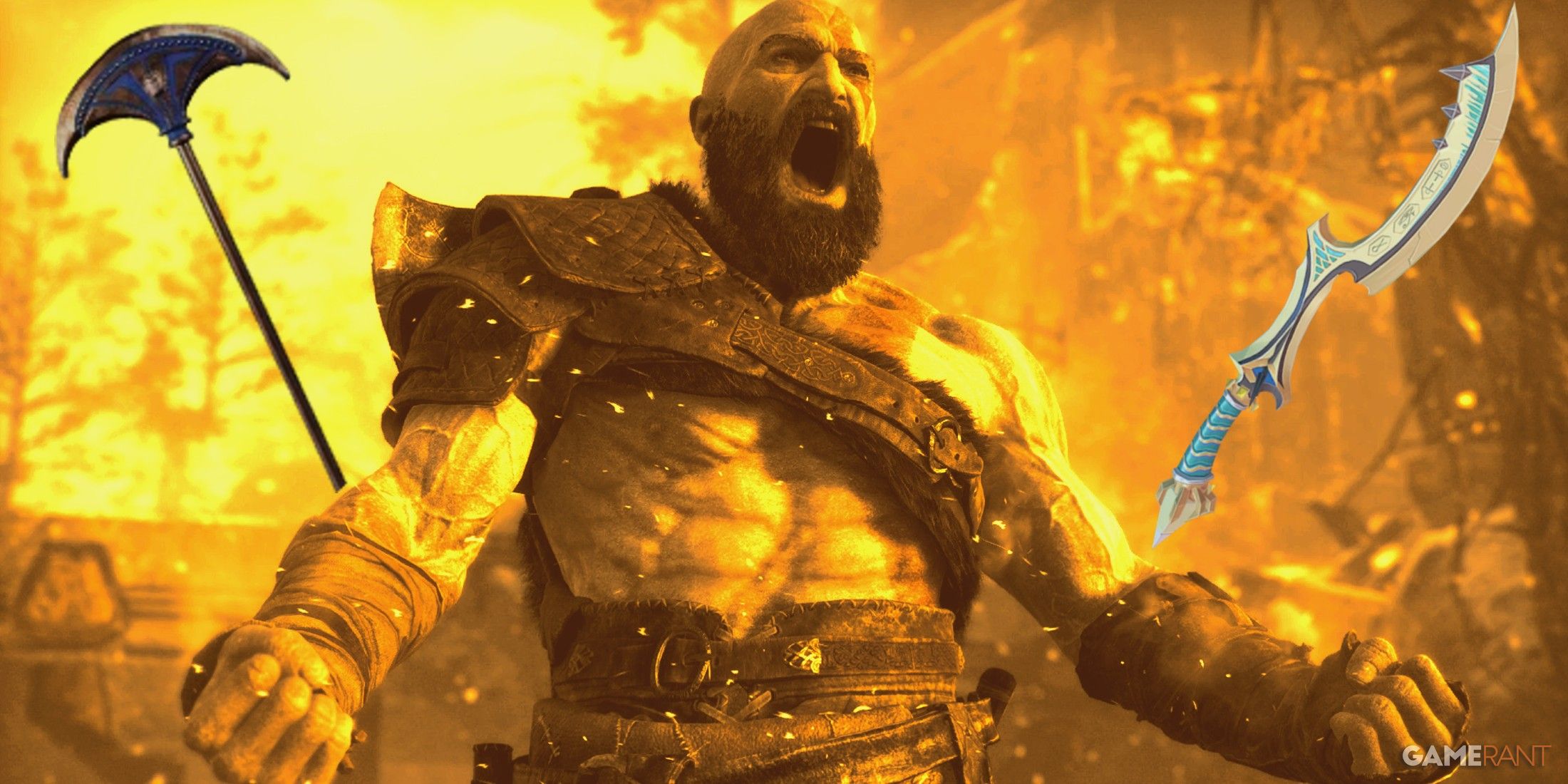
Meet the Author: Bernard E. Harcourt
blog.ssrn.com
SSRNMeet the Author: Bernard E. HarcourtBernard E. Harcourt, Isidor and Seville Sulzbacher Professor of Law at Columbia University,is a distinguished critical theorist, legal advocate, and prolific writer and editor. In his books, articles, and teaching, he focuses on punishment practices and political economy, critical theory and praxis, and political protest. Harcourt is the founding director of theColumbia Center for Contemporary Critical Thought, which brings contemporary critical theory and practice to bear on current social problems and seeks to address them throughpractical engagements, including litigation and public policy transformation. His most recent book,Cooperation: A Political, Economic, and Social TheoryNorman J. Redlich Capital Defense Distinguished Service Award, a lifetime achievement awardfor his work on behalf of individuals on death row. Harcourt spoke with SSRN about how critical theory helps to reexamine the way we look at the world and how aspects of his career and advocacy have been influenced by this perspective.Q: Youve worn many hats throughout your career author, editor, professor, advocate, scholar, etc., and whether through writing books and articles, serving as Executive Director of the Columbia Center for Contemporary Critical Thought, or in real practice through litigation, much of this work revolves around critical theory. For those new to the idea, how would you explain the goals of critical theory? And in what ways has your career path taken on aspects of both critique as well as practical application?A: Critical theory has the appearance of being a nebulous, complicated, unfathomable space for a lot of people. But its very simple, because at the heart of critical theory is the idea of trying to critically examine reality in such a way that our usual, commonplace understanding of the world is reexamined. Critical theory helps us penetrate through the superficial ways in which we think about the world to try and look deeper and see what forces are really at play.Just to give you an idea, in the field of criminal law, we tend to think of punishment as being the product of someone committing a crime, which is why we talk about crime and punishment. We think that punishment should be limited to people who have committed crime, and that crime should have punitive consequences. When we take that commonsense approach, we usually talk about the purposes of punishment: deterring other people, rehabilitating people, or revenge and retributions. These are all commonplace understandings and dominant ways of thinking about the world. But it turns out that when you start to push at reality, what you find is that lot of that language deterrence and rehabilitation covers the real functions of what were doing when we punish, such as creating social order, or creating a racial order in this country.When you look, for instance, at the racialized dimensions of mass incarceration in this country, you start to see that the punishment is not really about crime, but its about something else. Its doing other work. Its advancing a particular way of organizing society along racial lines. That is a critical theory insight. It penetrates reality and tries to show that what you believed and what seems so obvious and commonplace might be an illusion hiding deeper forces.With the distance of history, its easy. You look back 100 or 200 years, and you can see right through the surface reality. You can see, for instance, that when we had convict leasing in the postbellum period the decades immediately following emancipation we now understand that those forms of convict leasing were trying to reestablish a form of slavery through the criminal law. That becomes obvious. Or you look back at the Inquisition and you start to understand that it wasnt really about the crime that somebody had committed: it was about imposing a religious order. I think we see it all clearly in the past, but in the present, theres a fog that settles in, and we get fooled by the simplicity of the idea that we punish people because theyve committed crimes. Critical theory helps you reexamine and thus expose the forces in society that are actually the engines of history.Q: In your paper The Future of Critical Theory: From the Academy to the Public Sphere, posted in March of 2023 on SSRN, you discuss the state of critical theory and how it can be developed to be most effective in modern times. One of the subjects you discuss is how social media has played a large role in social movements. Discuss how you think technology and social media have influenced for better or worse the larger efforts to enact change.A: Theres no doubt that social media, digital technologies and now artificial intelligence represent the greatest contemporary shock to our social and political system. There are many ways in which these forms of technology are shaping and transforming our present. Theres both a negative dimension to that and a positive dimension.The negative dimension is that these forms of technology have allowed the state not just the United States, but Russia, China, etc. to mine information and knowledge about each and every one of us and about social movements. We have become an expository society in the sense that we expose ourselves willingly on all these platforms, like TikTok, Instagram, and BlueSky. As a result, we voluntarily give away all of our data and our personal information: our geolocations, our purchases, our preferences, everything. The danger here is that we no longer need government surveillance, undercover operations, or illicit wire taps to get all this information, because everybodys putting it out there to the public. The result is that anyone who wants to monitor or repress or crack down on social movements has all the information in open source to do that and can really follow, track, and watch movements as they emerge.On the other hand, these technologies have been used a lot in social movements as ways to mobilize people. Ultimately, the question is, how will things net out? I think at this point were at too early a stage to be able to determine how it all nets out. But I do fear that the transparencies created by these technologies can be instrumentalized against social movements.Q: Throughout your career, youve spent decades representing individuals on death row in Alabama. How has the significance and importance of this work informed your approach towards advocacy and systemic reform as a whole?A: I wear several hats, and one of them is being a death penalty attorney with cases predominantly in the state of Alabama, representing folks on death row, although also co-counseling Guantanamo [Bay] and other cases. That has been my most consistent and deep form of practical engagement. It has been the terrain that has, in a way, educated me and in which I have trained the most to understand how to go about trying to create social change.I would say that what my years of death penalty practice have taught me is the importance of having both a defense and an offense. Those cases are always structured as defensive actions, in the sense that Im representing someone who is being prosecuted by the State, and so most of the time, Im in what is conventionally a defensive posture. What it has taught me is that the art is to try to transform that defensive posture into an offensive strategy so that Im not simply trying to fend off attacks, but organizing a strategic and positive path forward towards some possible outcome.In the process, Ive learned the importance of remaining forward-looking, positive, concretely utopian, [and] trying to have particular ambitions that you hold in front of you, so it keeps you in a positive fighting mode.Q: Youve written several books over the years, the most recent being Cooperation: A Political, Economic, and Social Theory, which came out in 2023. What are some of the big takeaways you want people to take from this book and your theory in general?A: The book is grounded on a critical theoretic insight that the world may appear to us right now, for instance in the United States, as being universally competitive, capitalist, zero sum. But underneath that surface appearance, there is an extraordinary amount of existing forms of cooperation, and we often dont realize it.So, for instance, Land OLakes is a producer cooperative. Many of the big insurance companies State Farm, Nationwide, and others are mutuals, which means that theyre actually run by management for the policy holders, rather than for outside investors. There are huge credit unions, like Navy Federal Credit Union, which are banks that are basically run by and for the depositors, rather than outside investors. So, there are very large cooperatives.When you start looking around, it turns out that theres a lot more cooperation, mutual aid, and other forms of mutualism, whereby people are trying to work together to cooperate for outcomes that benefit all the stakeholders, and not just the capital investors. What I do in the book is try to unearth this reality and then try to understand it and theorize it along three dimensions: a political dimension, an economic dimension and a social dimension.Along the political dimension, there have been a lot of arguments and books written over the last two or three centuries about forms of cooperation, but the rationales are somewhat outdated. They fit well in the 19th century, but they dont work as well in the 21st century. I try to argue for a political theory of cooperation based on the work of thinkers like Thomas Piketty and Katharina Pistor, who really have demonstrated that large scale economic shifts are a question of human-made decision making. I argue for the importance of us deciding how to structure economic exchange from a political theory perspective.I argue from an economic perspective that cooperation is opposed both to forms of capitalism and to what we would traditionally think of as existing forms of socialism or communism, because it is bottom-up. By contrast, those other systems, paradoxically, are actually top-down. From an economic theory perspective, I argue that what capitalism shares with forms of socialism is a top-down approach, in the sense that a system like the American economic regime only functions because of the guarantees of solvency and the bailouts by the federal government.Then, the social theory is to rethink how we organize society. I argue that we have in place a punishment paradigm whereby we predominantly leave people to their own devices until they find themselves caught up in the criminal legal system. Instead, we should organize society in such a way as to support people through cooperative mechanisms ex ante, to create a society of cooperation. The argument there is that we need to pass from the punishment paradigm to a cooperation paradigm, at the social level.One of the things I emphasize in the book is that, in contrast to other forms of social organizing, what is so attractive about cooperation is that it can be done by the individual and at the individual level. It doesnt require the passage of a majority vote in federal elections: people can simply get together and create a food cooperative in their neighborhood, or they can get together and create a worker cooperative. It doesnt require the majority electoral coalition or the long-term social transformation that would be necessary to create other concrete utopias. It can be done here and now. You could organize your whole life in a cooperative way just by taking deliberate steps.Q: Do you have any papers, projects, or research youre working on right now that youre particularly excited about?A: Yes, I actually have three book manuscripts that are written and that Im in the throes of trying to publish. I do have one about my 30 years of representing a man on death row in Alabama, Doyle Lee Hamm, who ultimately went to execution but survived the execution because they werent able to place a catheter to conduct a lethal injection. It was a long, multi-year effort.Thats one area, but the other one Im working on right now has to do with what I call a model or a method of social inquiry, which I refer to as immersive philosophical practice. Its based on some model thinkers who I admire, including Simone Weil, Angela Davis, Michel Foucault, and Frankfurt School thinkers, many of whom had an exigency or demand that they not just theorize in the abstract, but test their ideas in practice: that the formation of their ideas had to emerge from their practical experience.Simone Weil in particular was someone who, for instance, was writing about questions of social relations in the factory and demanded of herself that she actually go work in a factory, in order to understand the experience of the worker. She also was writing about politics at the time, and she demanded of herself that she join the Republican forces during the Civil War in Spain against Franco. She was an exemplar of someone who couldnt simply write about politics and freedom without implicating herself in it. I find that a particularly inspiring model.You see, that need to think at the same time as you act, to infuse your theory with practice, to not be simply doing armchair academic work, but to ensure and constantly test and clash your ideas with your practice, I call that an immersive philosophical practice. Its a model of thinking and being and writing that I find particularly admirable, and that Im spending my time writing about. And hopefully practicing.Q: Law is one of our most prominent disciplines on SSRN. How do you see SSRN contributing to the legal research and scholarship landscape?A: I think SSRN has been essential to the legal field in disseminating and creating debate over ideas as they originate. SSRN has a strong legal dimension, but it is open for the other social sciences, and humanistic social sciences as well. Its a forum for interdisciplinary work, and that has helped push the legal field in more of an interdisciplinary direction. I think its had a remarkable impact on shaping early ideas and allowing debate to take place that might not have taken place without it. Its a public square, in a way. People can put out their early ideas and get the kind of feedback thats necessary to shape them into even better work.SSRN works so much better with the timing of intellectual production than other forms of publication. An author can put a piece on SSRN at exactly the right moment in their intellectual trajectory, which is when you have come up with your idea, youve written it up, and youre at the height of your interest in the idea. You can then get it out and get feedback. The temporality of publishing in peer reviewed journals and academic presses is completely different and extremely counterproductive, because youre only able to get feedback months, sometimes years after youve produced the idea and [are] excited about it. SSRN, in contrast to all those other forms of publishing, maximizes the excitement that one has with the work one is doing.The other great thing is that youre able to retain your own voice and not be stifled, moderated or watered down by the peer review process. One of the things about peer reviewing is that it often forces you to dilute your argument and present it in a less crisp and provocative way. When you have complete control over your writing, as you do with SSRN, you can present it in the way that you most strongly believe is right. That makes a huge difference.One of the articles I had on SSRN was called The Illusion of Influence: On Foucault, Nietzsche, and a Fundamental Misunderstanding, and I still think to this day its right, even though I had to water it down for publication. The idea of the illusion of influence is that it doesnt make sense to think that an author has an influence on another author. Because in fact, whats happening is that the second author is projecting their ideas onto the first author. I wrote that paper, then it was submitted, and [in] the peer review process, they want me to take that argument out and stick with the five different ways that Foucault read Nietzsche. The peer review process had stripped the peak of its most interesting point and to this day, Im much more interested in the SSRN piece that I published than the peer review journal piece!What SSRN allows you to do is to speak in your own voice in a way that a lot of other publishing doesnt allow you to do.You can see more work by Bernard E. Harcourt on his SSRN Author page here
0 Comments
·0 Shares
·15 Views









